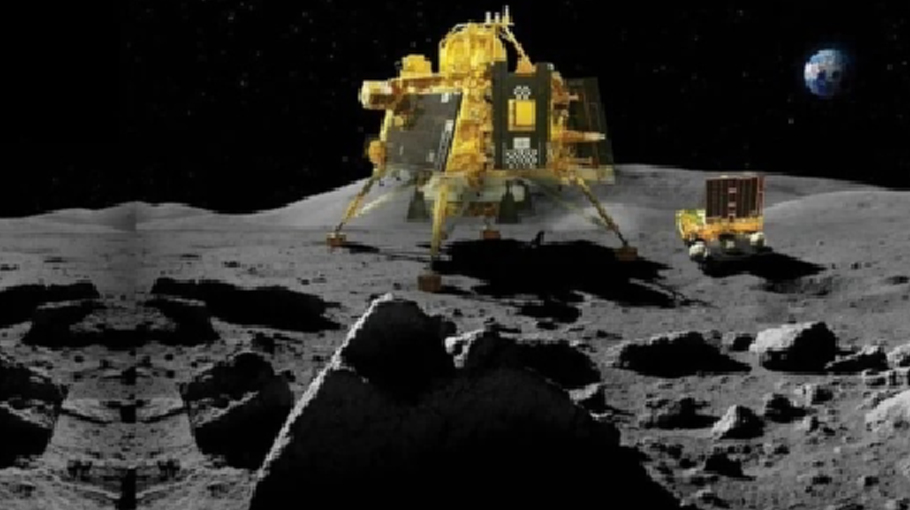India’s Chandrayaan makes historic Moon landing

ISRO's Vikram lander successfully soft-landed on Moon’s south pole — an unchartered territory that scientists believe could hold important reserves.
At 6.04pm on Wednesday, India scripted history by becoming the first nation to land the Indian Space Research Organisation's Chandrayaan-3 spacecraft on the Moon's south pole, days after a Russian probe Luna-25 crashed in the same region.
The solar-powered rover Pragyan will explore the surface and transmit data to Earth over its two-week lifespan.
Chandrayaan-3, which means “Mooncraft” in Sanskrit, touched down near the little-explored lunar south pole. A previous Indian effort – Chandrayaan-2 – failed in 2019.
For India, the successful landing marks its emergence as a space power as the government looks to spur investment in private space launches and related satellite-based businesses.
People across the country were glued to television screens and said prayers as the spacecraft approached the surface.
The Chandrayaan-3 spacecraft landed on the lunar south pole, the Indian Space Research Organisation (ISRO) said. This was India's second attempt to land a spacecraft on the moon and comes less than a week after Russia's Luna-25 mission failed.
On Wednesday, the ISRO said it was all set to activate the automatic landing sequence of the spacecraft, triggering the algorithm that will take over once it reaches the designated position and help it land.
"Landing on the south pole (of the moon) would actually allow India to explore if there is water ice on the moon. And this is very important for cumulative data and science on the geology of the moon," said Carla Filotico, a partner and managing director at consultancy SpaceTec Partners.
A few hours before the scheduled landing, the mood was upbeat at the spacecraft command centre on the outskirts of Bengaluru as ISRO officials and scientists hunched over massive screens monitoring the lander.
Anticipation before the landing was feverish, with banner headlines across Indian newspapers and news channels running countdowns to the landing.
Prayers for Chandrayaan-3 across India
Prayers were held at places of worship across the country, and schoolchildren waved the Indian tricolour as they waited for live screenings of the landing.
Children gathered on the banks of the Ganga river, considered holy by Hindus, to pray for a safe landing, and mosques in several places offered prayers.
At a Sikh temple, known as a gurduwara, in the capital New Delhi, Petroleum Minister Hardeep Singh Puri also offered prayers for Chandrayaan.
"Not just economic, but India is achieving scientific and technological progress as well," Puri told reporters.
Prime Minister Narendra Modi watched the landing from South Africa, where he is attending the BRICS summit.
Rough terrain makes a south pole landing difficult, and a first landing is historic. The region's ice could supply fuel, oxygen and drinking water for future missions.
For India, a successful moon landing marks its emergence as a space power as Modi's government looks to spur investment in private space launches and related satellite-based businesses.
Chandrayaan-3 took much longer to reach the Moon than the Apollo missions in the 1960s and 1970s, which arrived in a matter of days.
India is using rockets much less powerful than the ones the United States used back then, meaning the probe had to orbit the Earth several times to gain speed before embarking on its month-long journey.
The lander, Vikram, which means "valour" in Sanskrit, detached from its propulsion module last week and has been sending images of the Moon's surface since entering lunar orbit on August 5.


